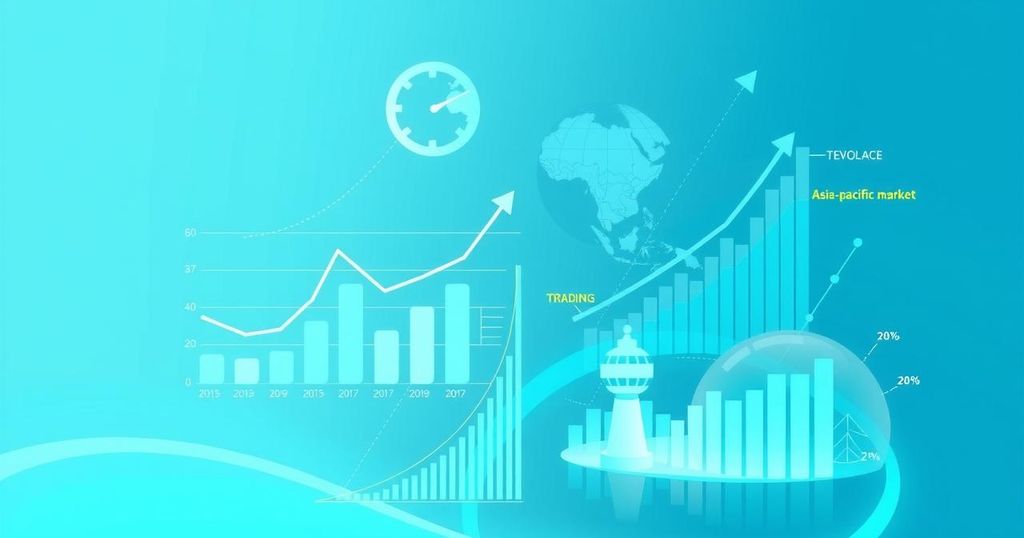Kenya Pursues New IMF Loan Framework Amid Economic Struggles
Kenya is initiating discussions for a new lending programme with the IMF after abandoning its current framework, due to soaring debt-servicing costs linked to heavy borrowing. The $3.6 billion Extended Credit Facility will not undergo a ninth review, prompting declines in Kenyan dollar bonds. The government aims to explore alternative financing to address its pressing economic challenges.
Kenya is poised to initiate discussions with the International Monetary Fund (IMF) for a new lending programme, following the decision to abandon the current lending framework. This shift comes at a time when the nation’s economy is grappling with a rise in debt-servicing costs, sharply attributed to extensive government borrowing over recent years.
Continued financial backing from the IMF is deemed essential for Kenya to manage escalating debt repayments. The IMF’s mission chief, Haimanot Teferra, confirmed that the Kenyan authorities have made a formal request for a new programme, affirming future engagements between both parties.
The ongoing Extended Fund Facility (EFF) and Extended Credit Facility (ECF) programs, valued at $3.6 billion and set to expire next month, will not pursue the ninth review phase. Consequently, this news has led to declines in Kenyan dollar bonds, severely affecting maturities of 2032 and 2048.
Under the current lending arrangement, approximately $3.12 billion had been approved by the end of last October, which indicates a prospective disbursement of about $480 million through this review. However, neither the IMF nor Kenyan officials elaborated on the financial implications associated with this halted review.
Additionally, the Fund had previously established a Resilience and Sustainability Facility for Kenya in July 2023, which has disbursed $180.4 million out of a total of $541.3 million. The government, per Finance Minister John Mbadi, is seeking a financing programme without clarifying whether it would be classified as lending or non-lending.
The current ECF/EFF programme commenced in April 2021. Its effectiveness has been compromised due to civil unrest over tax hikes and disputes regarding borrowing from the UAE. To alleviate the debt burden while financing critical needs, such as climate change initiatives, Kenya is actively pursuing alternative revenue sources.
As reported, Kenya’s debt-to-GDP ratio stood at 65.7% by June last year, significantly exceeding the sustainable limit of 55%. The nation recently joined other African countries in the market to borrow, aiming to manage maturing debts while safeguarding essential expenditures, mirroring initiatives by nations like Ivory Coast and Angola.
In summary, Kenya’s proposal for a new IMF programme reflects its ongoing financial challenges, exacerbated by high debt levels and reduced bond valuations. The abandonment of the current lending framework highlights the urgency for Kenya to find sustainable financing solutions. Coupled with efforts to boost domestic revenue, the government aims to stabilize its economy amid rising debt-servicing costs and critical expenditure needs.
Original Source: www.straitstimes.com




Post Comment